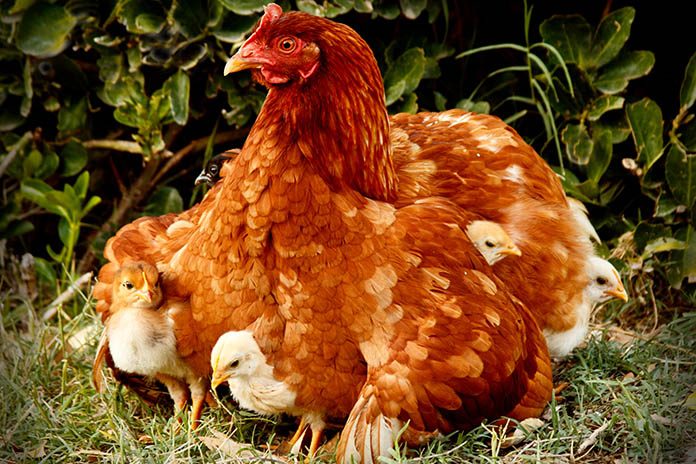
Your incubation results might be affected by a lack of accuracy in the rules you’re applying. The rules of incubation have been derived from multi-stage methodology and stay ingrained in our habits even though they are ready for an update in the single-stage era.
For many years now, the rules of commercial incubation have been derived from the multi-stage methodology, with all the limitations and compromises associated with this system. Whilst these rules are essential, it is time now to review and refine them, so they suit the more precise and totally flexible single-stage incubation method.
Let’s have a look at some of the current rules.
Regardless of the methodology, the type of machine or the experience of the hatchery manager, some rules apply to all hatches because they refer to the basic requirements of the embryos:
- Uniform high-quality eggs give the best results;
- Bio-security is of the utmost importance;
- Equipment must be well maintained and adjusted.
Other rules haven’t stood the test of time or are up for nuance.
CO2 is harmful above 0,45%
“CO2 is harmful above 0,45%”. It is a statement many hatchery managers apply as a given. Although this rule is correct in the exothermic phase of the hatching process, it is not in the endothermic phase in the setter. More CO2 in the phase of cardiovascular development improves the entire vascular and heart development and affects post-hatch performance. Modern single-stage machines therefor must be air-tight. This gives the possibility to build up CO2 values in the endothermic phase. Then again, In the exothermic phase, low CO2 profiles are key for the growth phase of the embryo.
You need 12% weight loss for good hatchability
Another example from the multi-stage method is the rule of “12% weight loss being important for good hatchability”. When we look at the results of our trials, we see that this is not entirely correct. Instead, we see that the specific gravity (shell porosity and density) is key in this context. Eggs with a perfect gravity will give the best results. This appears to be more important than the perfect weight-loss, which is around 10 to 11% in single-stage.
Chicks immediately need feed and water when they hatch
The same goes for this last example: “Immediate access to feed and water is important for post-hatch performance and chick welfare”. This too is not correct: it’s just a matter of timing. Immediate access is not necessary, giving access to feed and water on the right moment is.
Extensive comparative trials over the past 18 months have clearly shown that there is an optimum time to feed chicks. The fact of the matter is: if you have less than ideal incubation conditions, this results in a wide hatch window. In these circumstances, it goes without saying that immediately fed and watered chicks will be better performers. This is not the case when you have a good hatch window.
But what happens if we don’t give access to feed and water immediately? When asking this question, people tend to think of disastrous consequences in terms of animal welfare while in fact, there is no reason to panic. Only after more than 48 hours without feed and water, we see a negative effect on the performance of the chicks and even after more than 72 hours, we still see no significant effect on mortality. Of course, we don’t have to wait that long, but this proves the fact that the chicks don’t need it immediately after hatching.
Using nature as a reference
What it all boils down to is that the inspiration for the golden rules is right in front of us: nature. Petersime uses nature as a reference for performance optimisation and product development, rethinking the rules every time we come to better understand the mother hen. The research and development team mainly focuses on maximum hatch and post-hatch performance with bird welfare as an equally key criterion. This has resulted in several solutions mimicking nature from storage until post-hatch. All in all, we can be the “perfect parent” thanks to single-stage incubation with Embryo-Response Incubation technologies. This leads us to our ultimate goal: maximum profit for life, hand in hand with nature.

















